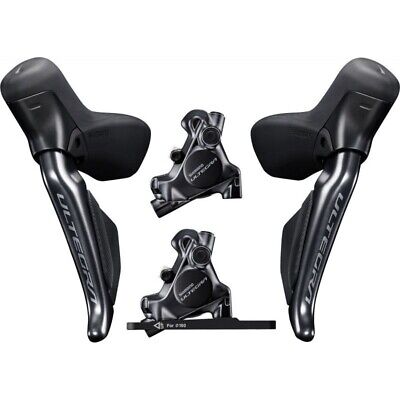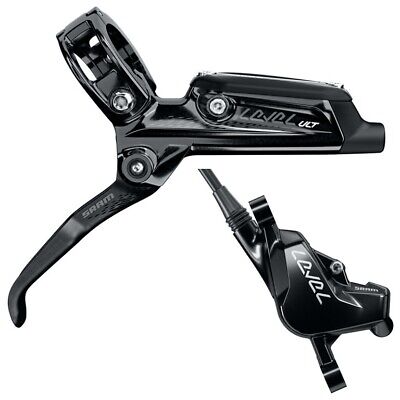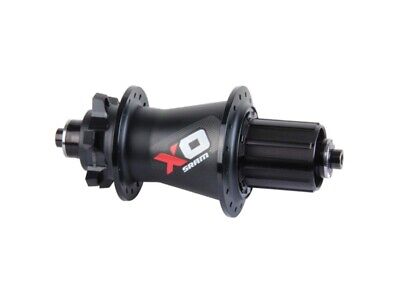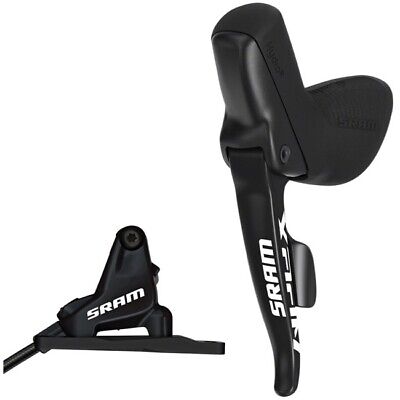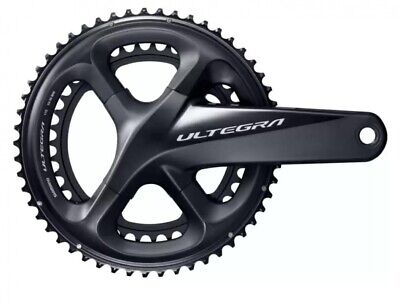Mountain Bike 29

The end-of-series 29″ carbon mountain bike: guide to buying the ideal bike
Mountain bikes with 29″ wheels have been gaining more and more enthusiasts in recent years, thanks to their outstanding performance on rough trails. In this guide we will look in detail at the features of these bikes, with a focus on the merits of carbon models. We will provide useful tips to guide you in choosing the ideal 29″ mountain bike, highlighting the key aspects to pay attention to when buying a MTB Quality at the best price.
Advantages of 29″ mountain bike
Compared with MTBs with 26″ wheels, models equipped with 29″ wheels offer many advantages:
- Increased stability and traction on rough terrain
- Ability to overcome obstacles and potholes more easily
- Increased downhill speed and maintenance of momentum when climbing
- More comfortable and relaxed driving position
In fact, the larger diameter wheels allow the bike to better retain speed and grip on the uneven trails typical of off-road riding. The disadvantage is less agility in narrow passages and a slight increase in overall weight.
The advantages of the carbon frame
Carbon is considered the highest performance material for making mountain bike frames. Compared with aluminum or steel, carbon guarantees:
- Reduced weight: allows for a lighter, more responsive bike
- Stiffness and strength: efficient power transmission, no flexing
- Ability to absorb vibration: improved ride comfort
- Innovative designs: aerodynamic shapes, cable integration and attachments
The disadvantage is the price, which is significantly higher than aluminum frames. Carbon is therefore recommended for experienced or competitive mountain bikers.
Types of suspension
There are two main types of suspension for 29″ MTBs:
- Hardtail: front suspension only, suspension fork. Hardtails are lighter and snappier. Suitable for cross country trails.
- Full suspension: both front and rear fork and shock absorber. Optimal absorption of bumps. For downhill and gravity use.
The choice depends on one's riding style and type of route. Full suspension bikes provide more comfort but are heavier.
Quality components
The quality of components greatly affects the overall performance of the 29″ MTB. Here are the components to focus on:
- Groupset and transmission: prefer Shimano XT or SRAM GX groupsets
- Hydraulic disc brakes: powerful and modular, large diameter wheels require effective braking
- Shock absorption: RockShox Pike fork or Fox 36 for the front end
- Wheels: 30mm wide tubeless ready rims, large section spokes
High-end components ensure quality and durability.
Choosing the right size
A key aspect in choosing a 29″ MTB is the frame size, which should be suitable for one's height and body proportions. Available sizes are:
- XS: for heights less than 160cm
- S: for heights between 160-170 cm
- M: for heights between 170-180 cm
- L: for heights between 180-190 cm
- XL: for heights above 190 cm
Trying the bike on the road is the best way to choose the most comfortable size.
Purchasing tips
To buy the ideal 29″ mountain bike you need to:
- Define budget and usage goals (cross country, enduro, downhill...)
- Carefully evaluate components, materials, and geometry
- Consider possible future component upgrades
- Conducting road and trail tests of different models
- Turn to specialty stores with a wide selection of MTBs
- Aim for the best value for money, not just the lowest price
With the right advice and information, you will be able to buy the perfect 29″ carbon mountain bike to experience exciting adventures in the saddle!
Frequently asked questions about 29″ Carbon Mountain Bikes
What are the advantages of a 29″ Carbon Mountain Bike over other materials?
29″ Carbon Mountain Bikes offer many advantages, including light weight, strength and stiffness. These features allow for greater speed, better acceleration and better stability on the ground. In addition, carbon effectively absorbs vibration, providing greater comfort while riding.
Are 29″ Carbon Mountain Bikes suitable for all types of terrain?
Yes, 29″ Carbon Mountain Bikes are versatile and can handle various types of terrain, such as dirt trails, mountain trails, steep climbs, and technical descents. The combination of the large 29″ wheels and the characteristics of carbon provides excellent performance on various terrains.
What is the difference between a 29″ carbon hardtail mountain bike and a full-suspension mountain bike?
A 29″ Carbon Mountain Bike hardtail has suspension on the front only, while a full-suspension has both front and rear suspension. Hardtails are lighter and more responsive, ideal for faster, less technical trails. Full-suspensions offer more cushioning and better traction on challenging and technical terrain.
What should I consider when choosing a frame size for a 29″ Carbon Mountain Bike?
Frame size selection is critical to ensure proper riding position and comfort. We recommend consulting the sizing charts provided by the manufacturer and test riding the bike to assess the feel. Generally, it is important to consider leg length, height, and torso length.
What are the important components to consider in a 29″ Carbon Mountain Bike?
The key components to evaluate are the drive train, brakes, wheels, and suspension. Be sure to choose quality components from reputable brands such as Shimano, Sram or RockShox. Also pay attention to technical specifications such as the number of gears, type of disc brakes, and wheel characteristics.
How much should I expect to spend on a 29″ Carbon Mountain Bike?
The prices of 29″ Carbon Mountain Bikes vary depending on the brand, specifications and quality of components. Generally, you can find a good Carbon Mountain Bike starting at around 2000 euros. However, high-end models can exceed 5,000 euros. It is important to strike a balance between your budget and desired performance.
We hope these answers to frequently asked questions have provided you with useful information about choosing and buying a Mountain
If you want to buy a 29″ Carbon Mountain Bike at End of Series! We have best deals!




